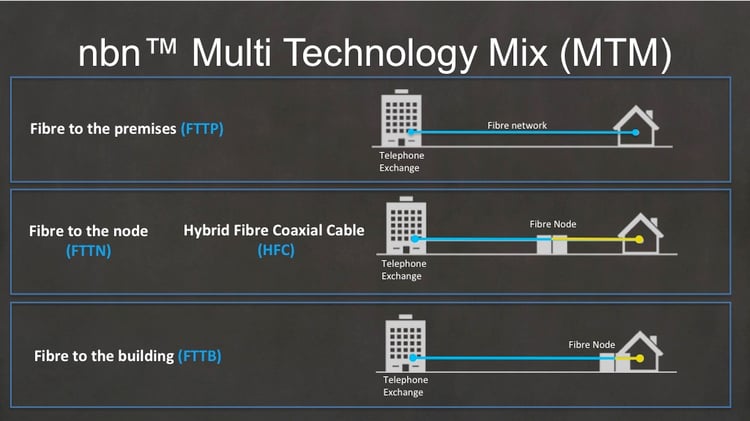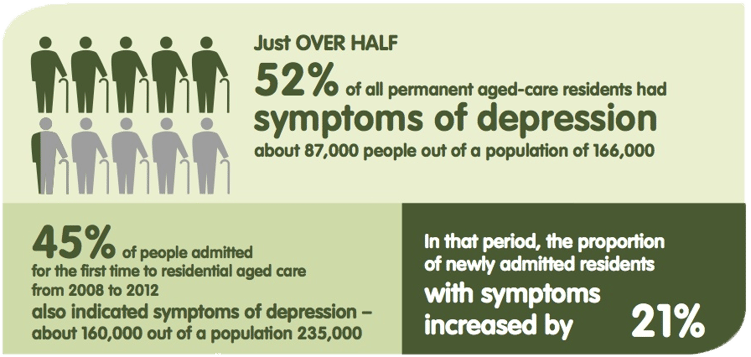
25 September 2018


The calculations assume FTTN is capable of more limited social benefits because it “is expected to be slower and impact bandwidth, and we assume that the medical, social, and skill building benefits Australians expect to enjoy are correlated to their connection speed.”
Social Return Accounting provides a method of quantifying the benefits of government investments and expenditures by using rigorous, modern social scientific techniques. It provides a bridge from social science to social benefits.
Professor Holden told iTnews that the monetary value of the extra six percent in social IRR would have offset the extra costs in rolling out FTTP.
“Those IRR numbers take into account the additional cost [of FTTP over FTTN],” he said.
“They fully factor in an extra $40-odd billion of cost for the faster version. You need the benefits to be big to offset that, and in this instance it seems that they do.”
Read the Full Report HereVoicePlus has migrated hundreds of business sites Australia-wide to NBN. For insights and advice are available on our website or download our free Best Practice Transition to the NBN ebook.
3 Strategies to Reduce Telecom Cost